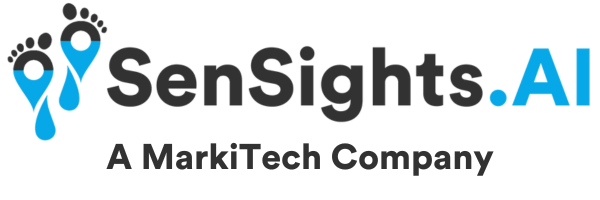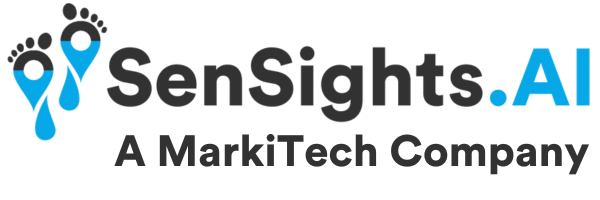The healthcare industry is still trying to figure out a way to care for the elderly population whose life expectancies are increasing by the minute. The IoT has the power to be a gamechanger for the healthcare industry – senior care particularly – by lowering costs and risk while improving the quality of life.
If you are a senior looking to live more comfortably and independently at home, IoT devices might present a solution to common issues. It’s a known fact that smart healthcare devices are one of the most promising sectors of IoT, showing a vast potential to help the elderly care for themselves more effortlessly. To get a better understanding of how our senior citizens can take advantage of this developing tech trend, let’s explain the concept of IoT technology.
What is IoT?
The Internet of Things (IoT) is a concept that describes a system in which connected devices and objects are connected to the internet and are able to communicate with other devices. Simply put, this is an ecosystem where everything with and on and off switch is connected to the Internet. It really all comes down to redesigning ‘dumb’ devices, or those not connected to the internet, and transforming them into ‘smart’ devices which are able to send and receive data via a WiFi network.
By creating a massive network of connected objects and devices that can communicate with others (and us), IoT will create boundless opportunities for every aspect of life and business. It has also opened a world of possibilities in healthcare, including the way we deliver care and support for our seniors.
Safety
IoT devices can help seniors live a more independent and safer life. For example, you or your caregiver could decide to install a motion sensor that alerts someone from the health department in case the sensor doesn’t detect any movement over a long period of time. This means help will arrive faster in the event of a detected fall or incident. IoT devices can also track changes in temperature, air quality, carbon monoxide, or humidity, notifying the caregiver if levels fall down below the optimum level.
According to the U.S Centers for Disease Control and Prevention, over 300,000 older people are admitted to hospitals due to hip fractures every year, and most of those injuries (95%) occur because of falls.
IoT-enabled devices can also be used to reduce falls in the elderly. A researcher group in Illinois has developed a wearable gadget with an attached accelerometer that measures unsteadiness and gait patterns while standing or walking. The devices combines the uploaded information about the patient’s fall history with data from the connected accelerometer and uses the findings to predict the likelihood of falls.
Dementia is a persistent disorder of mental processes caused by the brain’s natural decline (or some mental illnesses) as we grow older. These people often find themselves unable to function as well as they did before, which often leads to frustration and a feeling of loss for both the individuals and their family. But the biggest obstacle the elderly person has to overcome in such situations is the disoriented state of mind, which unfortunately often results in dangerous activities such as wandering off on their own – and that’s where IoT devices come into play.
There are IoT solutions that address wandering The most effective method is by using tracking devices along with custom designed applications, that can monitor the patient’s whereabouts in real time. While there is no cure for the disease, IoT devices and wandering prediction solutions can help keep people with dementia safe wandering into dangerous situations.
Healthcare Applications
Healthcare IoT devices can be used to monitor vital medical parameters, from heart rate and blood pressure to pulse oximetry, respiratory rate or blood sugar. A senior can purchase smart pill box, for example, to remind them to take their medication on time. Or a patient with diabetes mellitus could use an IoT gadget to monitor his/her glucose levels and automatically post them online and keep his/her caregiver posted at all times. The device syncs with the patient’s smartphone to automatically take medicine as it’s prescribed, monitor remaining medication levels, and order a refill if necessary. These devices can help seniors live more independently and give them a peace of mind.
Promoting Medical Adherence
Rising healthcare costs is one of the biggest concerns in regards to the economic issues associated with aging. As most adults age, they need in-home health assistance to address things like medical adherence. IoT can be used to solve this problem as well. It’s projected that the number of IoT medication-compliance devices will skyrocket in number in the upcoming years. This means that the IoT could generate billions of dollars of revenue for the healthcare industry.
These IoT medical solutions notify health professionals when patients take medications and whether they are doing so as prescribed. Therefore, such technology could cut or eliminate expensive in-home visits related to prescribed ingested or injected medicines. And, needless to say, it could improve the quality of life of our aging loved ones in the process.

